London boasts the title of the most popular city to visit in Europe, with more than 25 million visitors every year. Founded by the Romans, London has thrived for centuries, growing in both size and stature and today it is an incredibly diverse city, with plenty of history and some of the richest culture found anywhere.
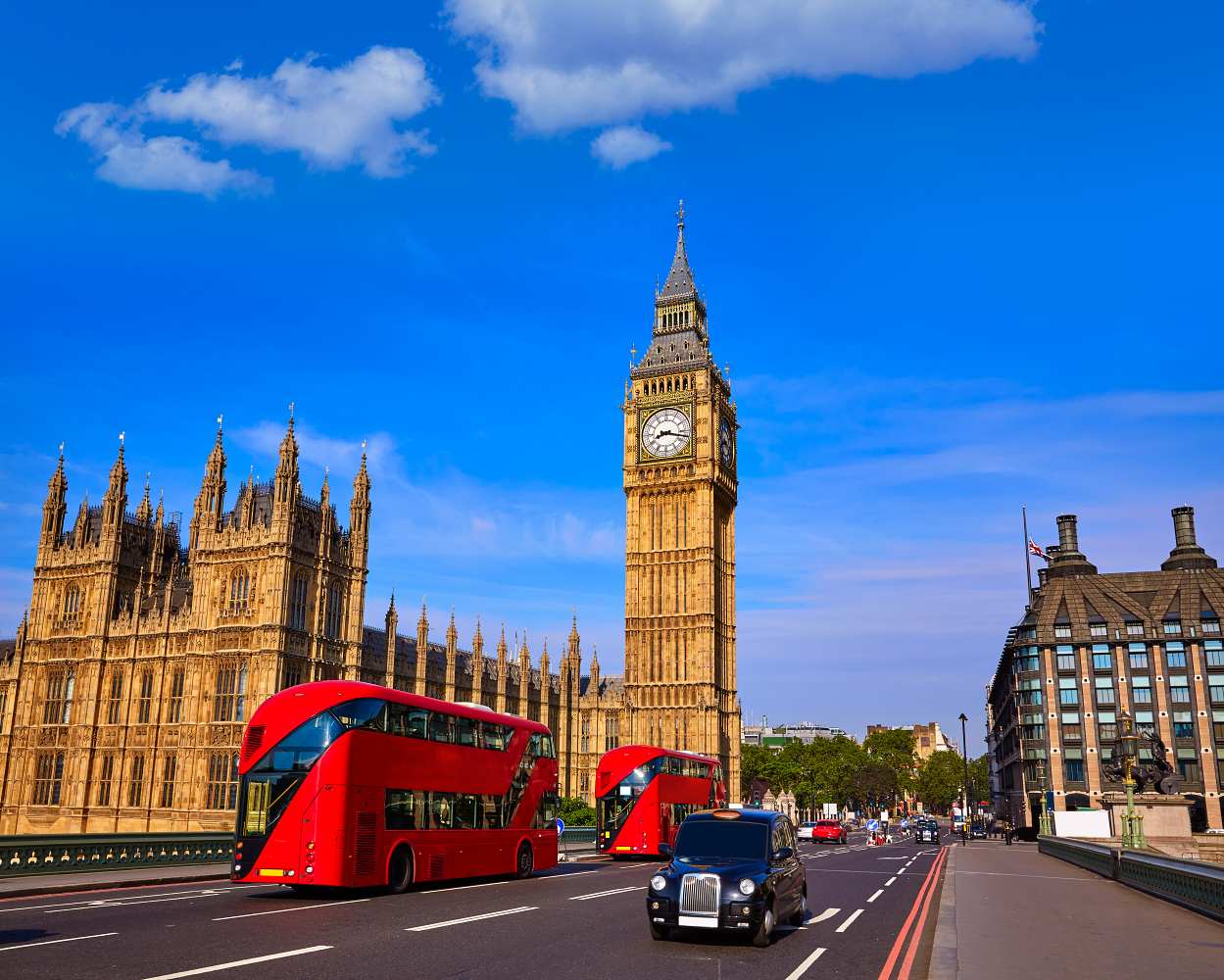
Although London is a huge city, housing around 9 million people, the City of London is the smallest in the country. It is known as the Ancient Center and is also home to the financial district. London is split into four distinct areas – North, South, East, and West. Each area is distinct and, no matter which part you visit, there is always something to do or see. With so many options for sightseeing, dining, art, shopping, and entertainment, the one thing you will never be in London is bored.
Let’s look at some of the top tourist attractions in London today.
1 . The London Eye
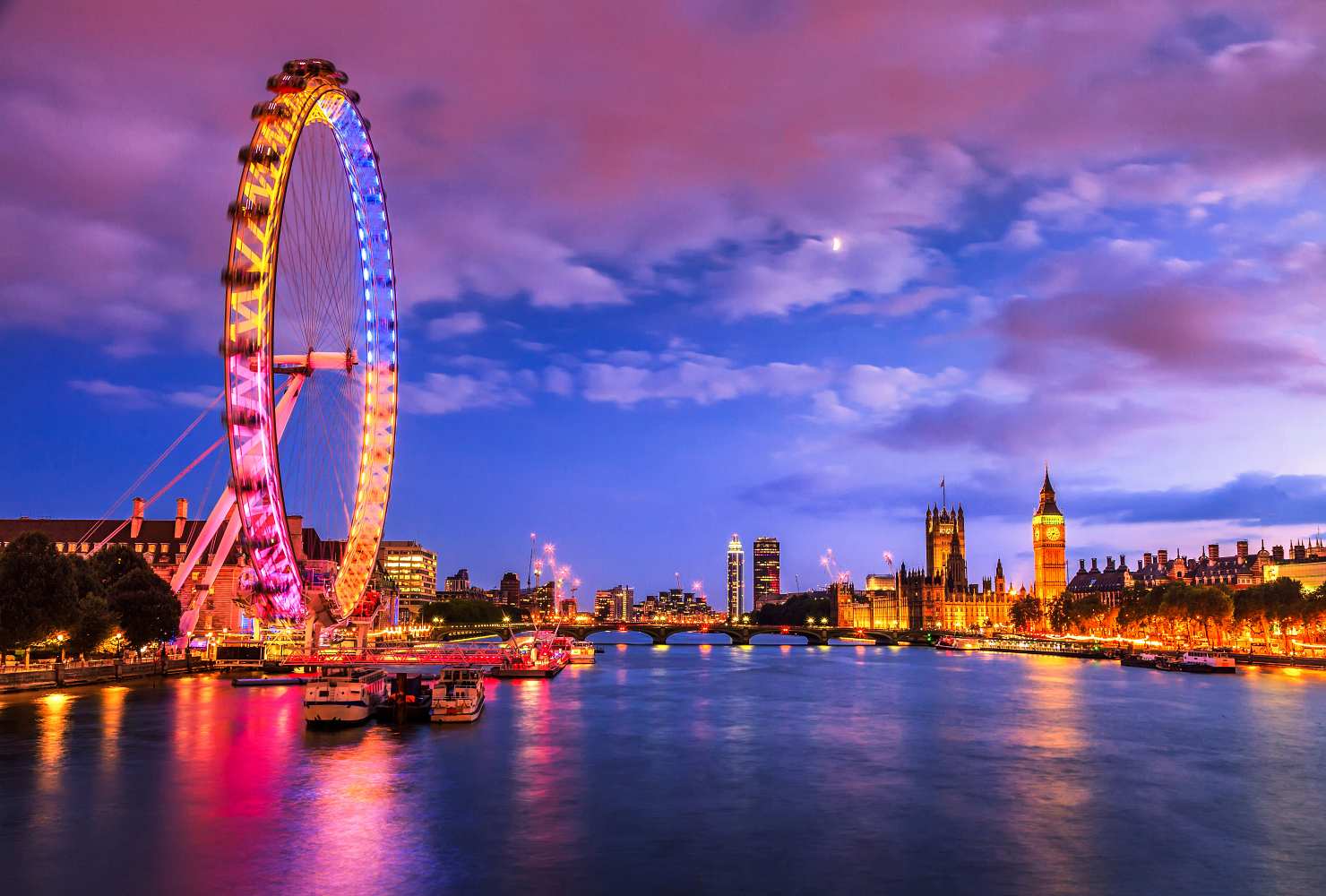
Opened in 2000, the London Eye is a massive Ferris wheel that overlooks London from the South bank of the River Thames, opposite the Houses of Parliament and Big Ben. Standing 135 m (443 feet) tall, it has a diameter of 120 m (394 feet) and is the largest of its kind in Europe. It offers one of the highest points for viewing London, second only to the Shard and is the most popular of all the paid attractions in the entire country, boasting nearly 4 million visitors every year.
Visitors can take in 360-degree views over the City on a journey that takes approximately half an hour in one of the high-tech glass capsules. Each capsule has an interactive guide in multiple languages, allowing you to learn more about the iconic London landmarks as you take in an ever-changing view. On a clear day, while staying near enough to see the City unfold beneath you, you can also see for approximately 40 kilometers, giving you a birds-eye perspective of London.
2. Big Ben
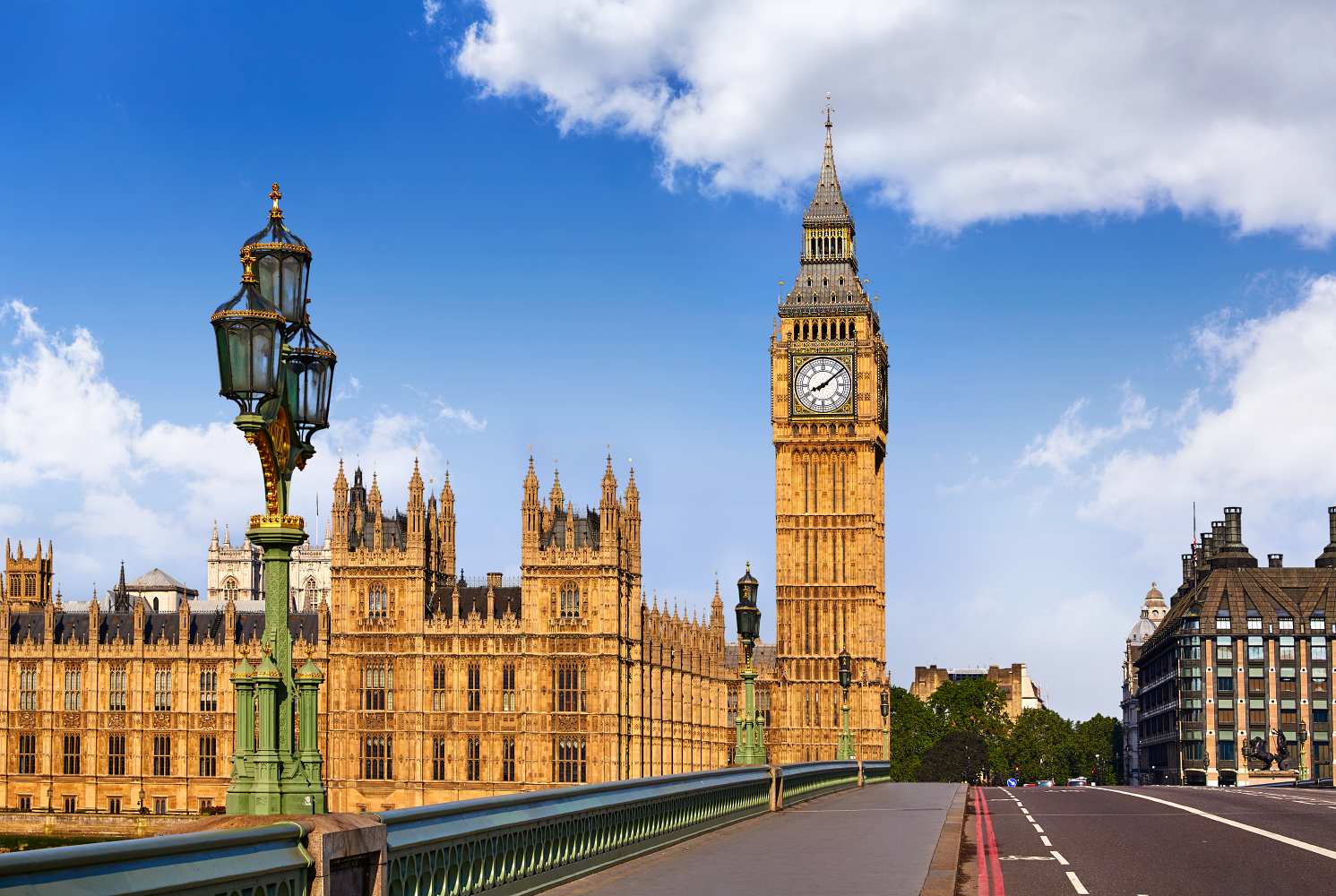
Big Ben is one of the most iconic of all the London landmarks, a bell that weighs more than 13 tons housed in the clock tower at one end of the Palace of Westminster. The clock tower goes by the name of the Elizabeth Tower and stands at 96 m (315 feet) tall. Building of the tower was completed in 1859 and, until 2012, it was just called the Clock Tower. Its current name comes from the Queen’s Diamond Jubilee.
The largest and most accurate of all four-faced timepieces in the world, Big Ben is known as “The Prince of Timekeepers”. The Belfry is accessible by way of 334 steps and the clock dials each measure 7 m (23 feet) in diameter. Big Ben is one of five bells, and, for 23 years, it was the largest bell in the entire country. Until August of 2017, when a 4-year long renovation schedule began, the four smaller bells would each chime on the quarter past, half past and a quarter to the hour while Big Ben chimed every hour. The clock is still using the original mechanism from Victorian times, but it does have an electric motor to back it up. Until the renovations are complete, the bells will stay silent, with a couple of exceptions, such as Remembrance Sunday and New Year’s Eve.
3. The Tower of London
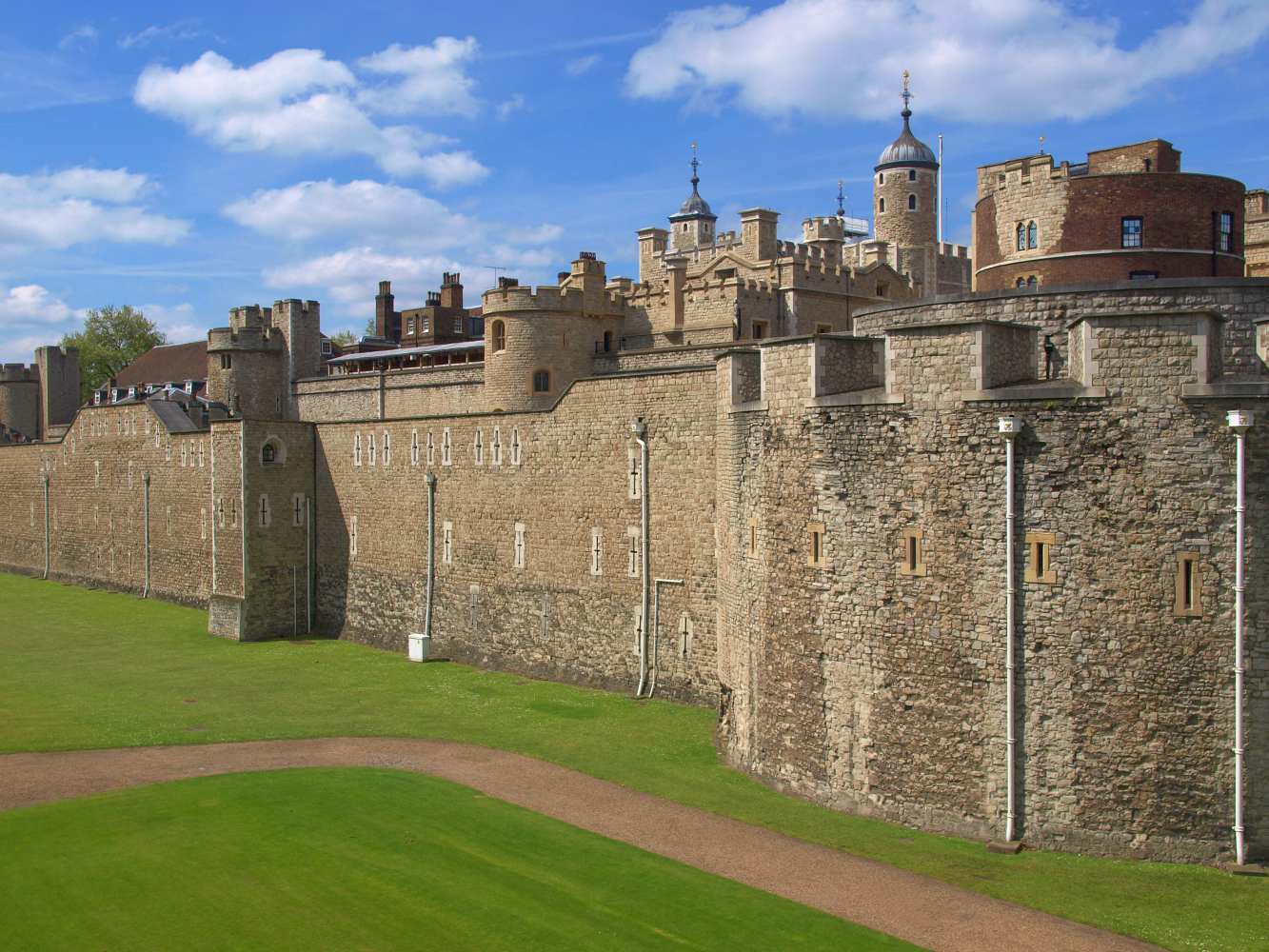
Officially known as the Fortress of the Tower of London and Her Majesty’s Royal Palace, this historic castle can be found in central London on the North bank of the Thames River. Originally founded in 1066, the White Tower, responsible for the name, was added in 1078 by William the Conqueror. From 1100 to 1952 the Tower was used as a prison although its primary purpose was as a royal residence.
The Tower of London is made up of multiple buildings, designed in a pair of concentric circles of the moat and the defensive walls. The Tower has a bloody history of executions, with more than 400 being carried out on Tower Hill over a period of 400 years, and has been used for several purposes throughout its history. Now home to the Crown Jewels and one of the biggest tourist attractions in London, the Tower has previously been used as the Royal Mint, an armory, and a Public Records office.
- London Tower at Night
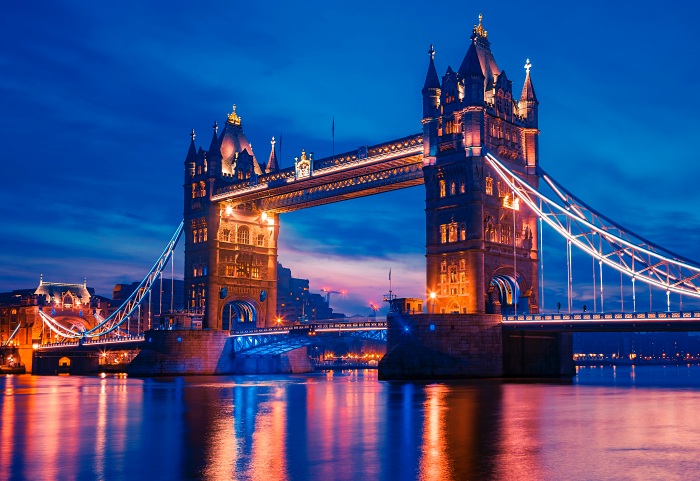
Despite its gory reputation for being a place of death and torture, the Tower also tells the story of a Royal Palace and one of the most powerful fortresses ever built. Originally the first zoo in London, an exhibition of Royal Beasts tells us of the wild animals that inhabited the Tower of London, while a Beefeater will take you on a tour, telling chilling tales of famous heads rolling, the tale of the famous Ravens, handle the armor and the weapons and take in the Crown Jewels, a breathtaking and priceless collection.
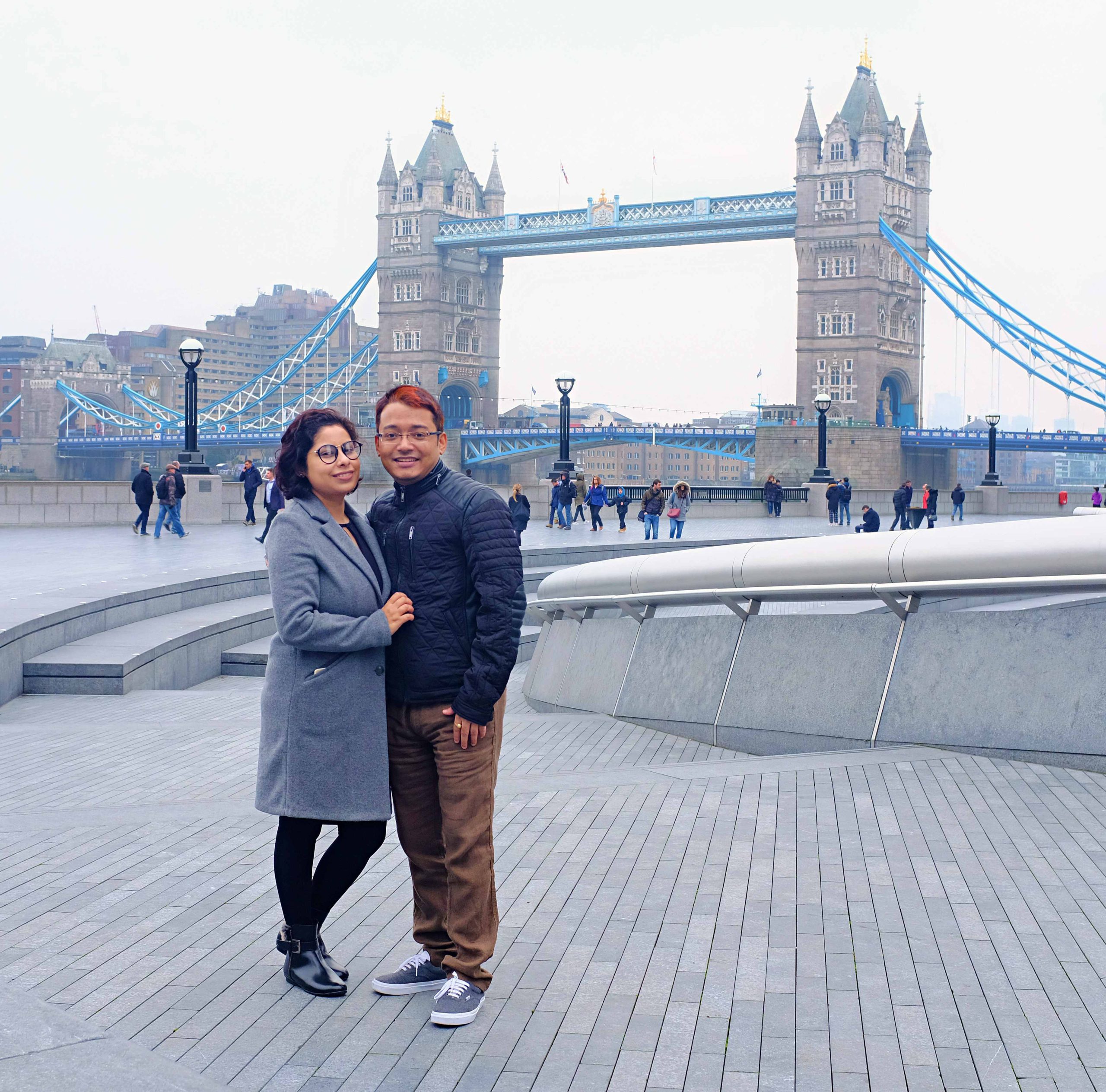
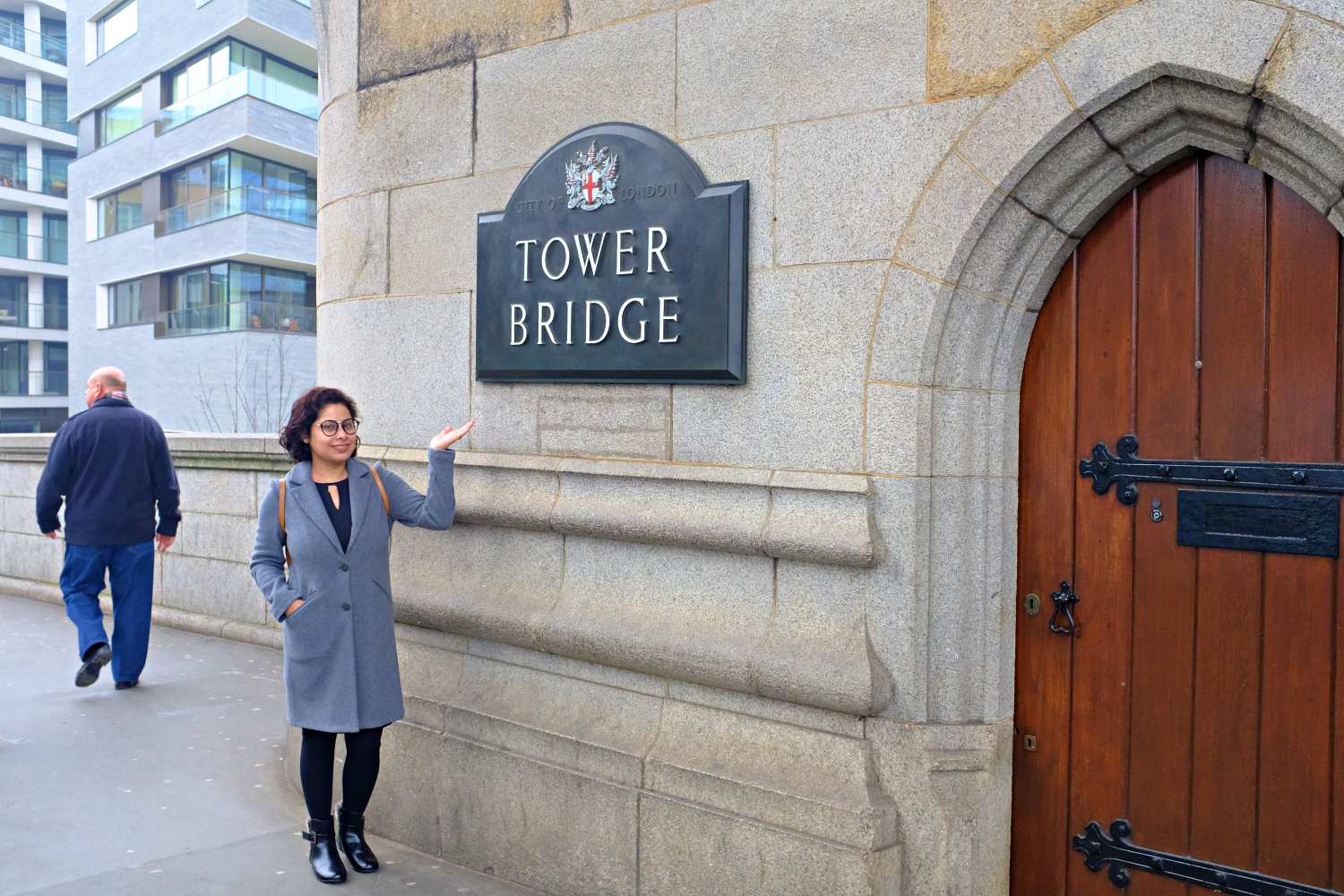
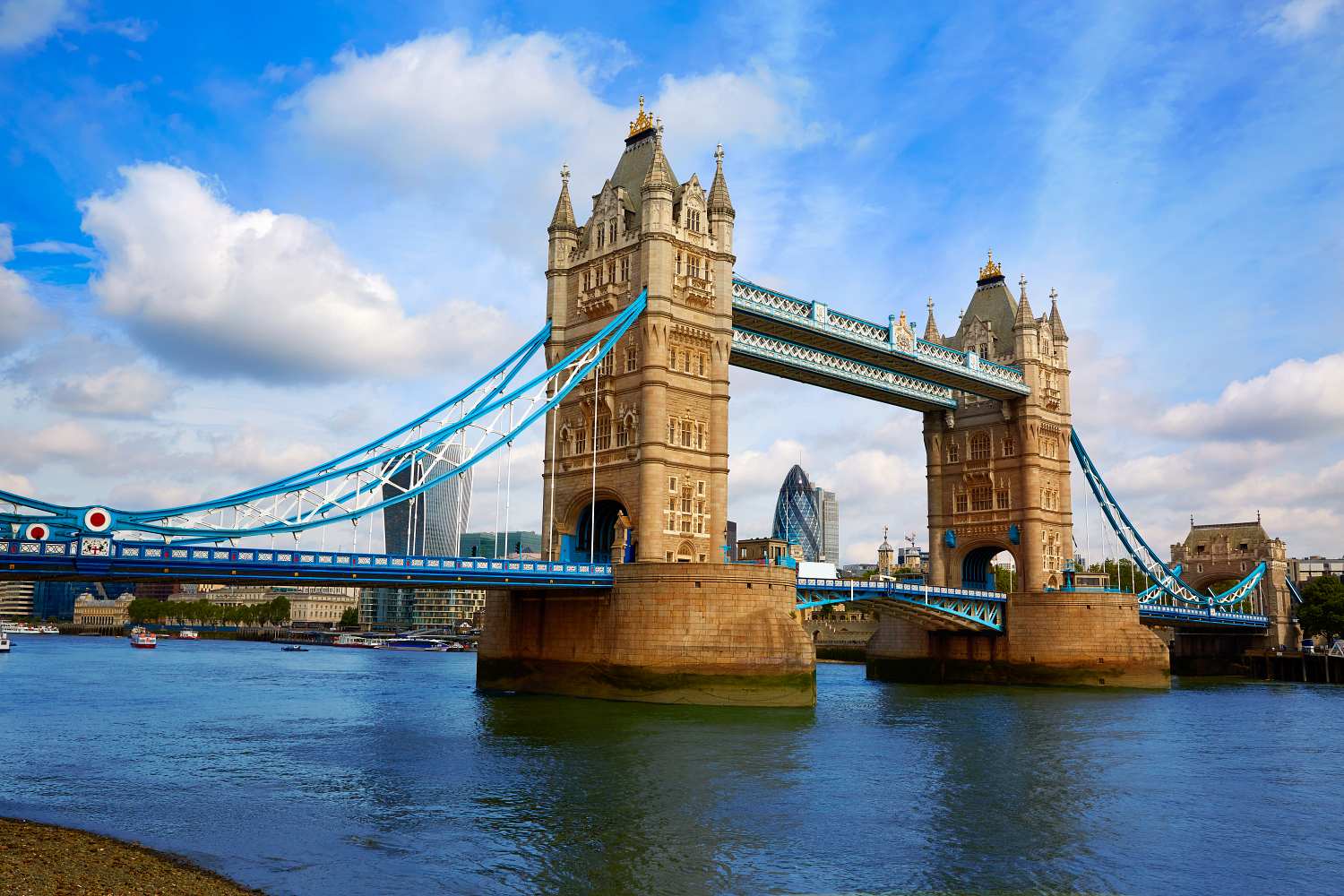
4. Buckingham Palace
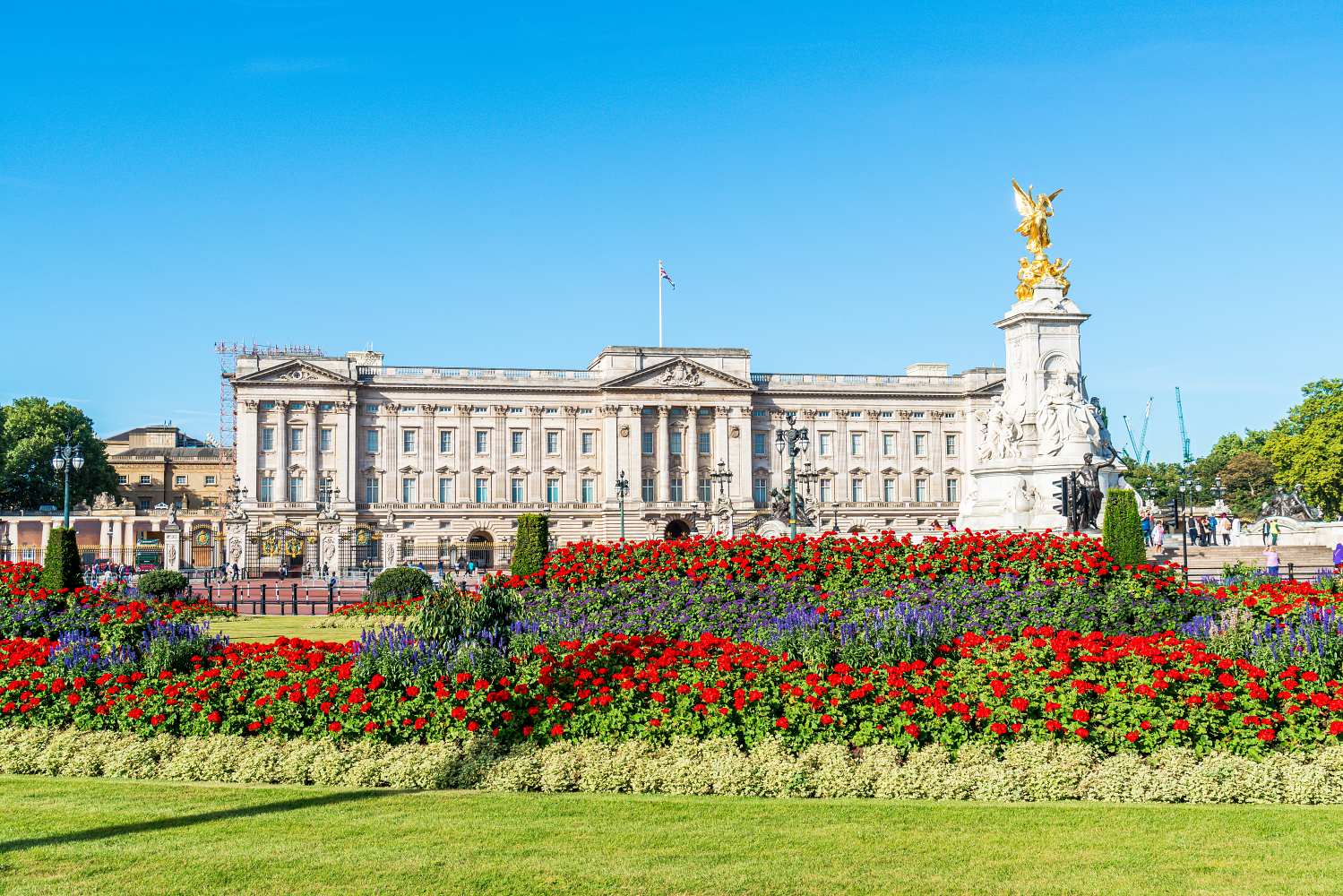
The London residence of the UK Monarchy, Buckingham Palace can be found in the City of Westminster. Originally built in 1703 as Buckingham House, it was added to in the 19th century, with three new wings being added around a central courtyard and, in 1837, when Queen Victoria took the throne, it became the monarch’s London residence. More additions were added through the 19th and 20th centuries, including the famous balcony where the Royal Family greet the public.
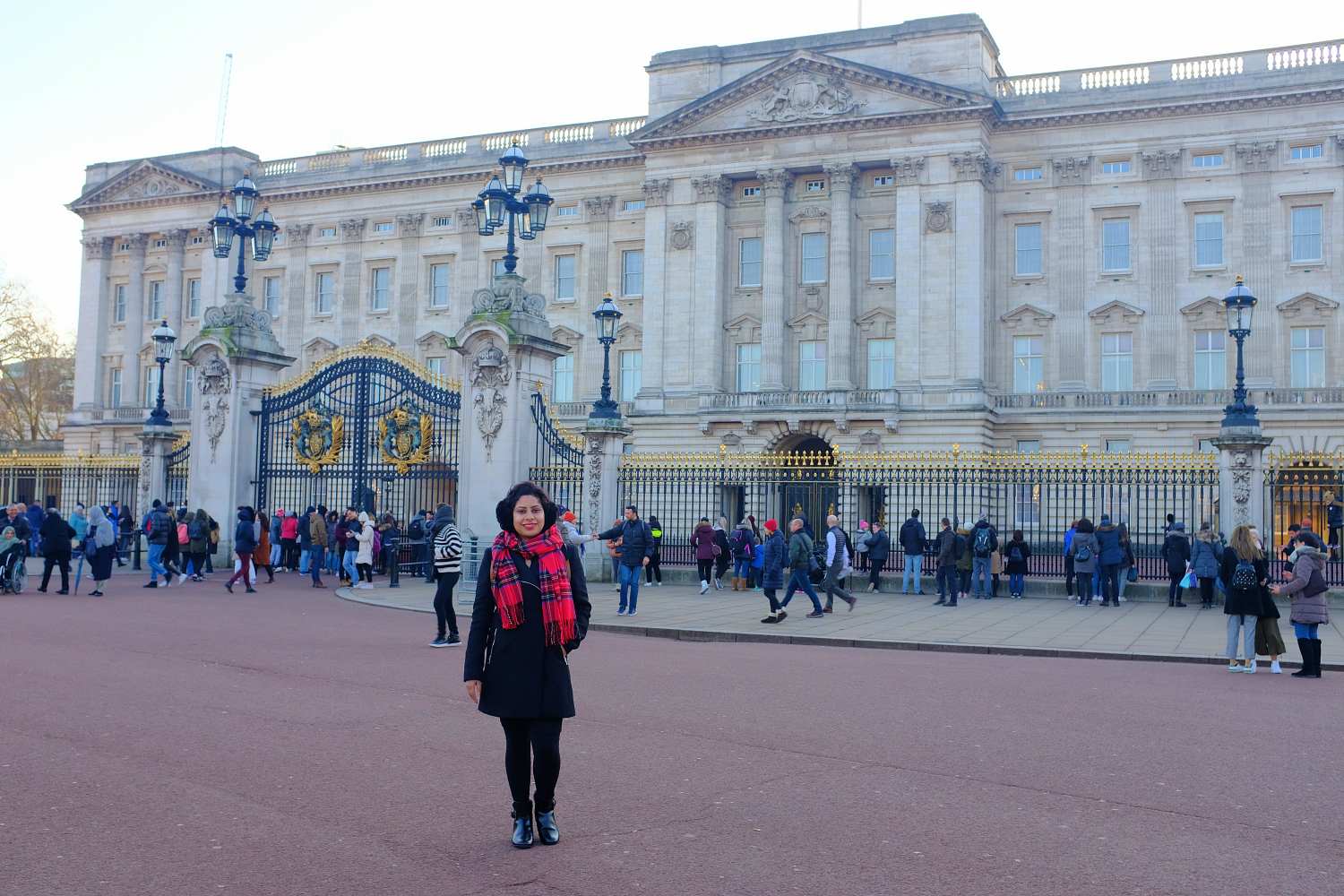
In World War II, the Palace Chapel was destroyed by a German bomb and was replaced by the Queens Gallery which opened in 1962 for the public to see the Royal Collection of works of art. The palace has a total of 775 rooms, many of which are still of the original 19th-century design and has the largest private garden in the City. The public can visit the staterooms, both of which are used for state and official entertaining, throughout August and September, as well as a few days during Spring and Winter.
5. St Paul’s Cathedral
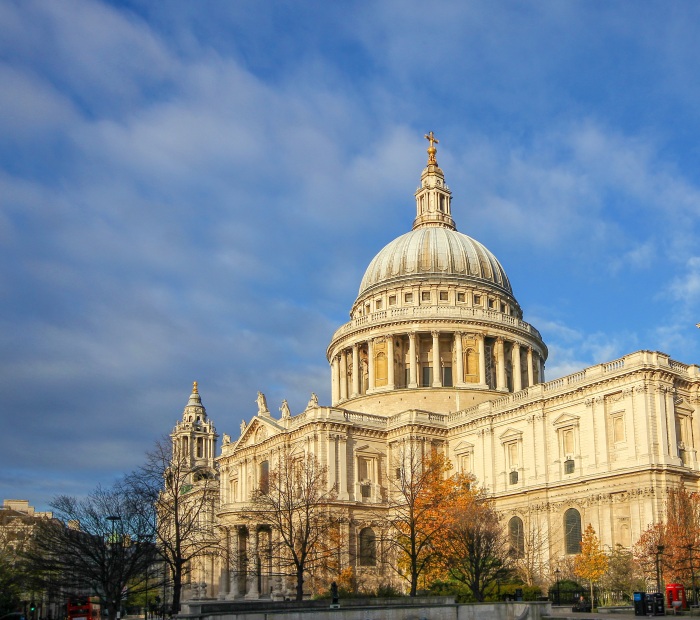
An Anglican cathedral, St Paul’s is the Mother church of the London Diocese and also the seat of the Bishop of London. Located on Ludgate Hill, the Cathedral is sited at the highest point of the City and is a listed building dedicated to Paul the Apostle. The original church was built on the same site in AD 604 but the current Cathedral, designed by Sir Christopher Wren, was rebuilt as part of a widespread rebuilding program following the Great Fire of London in 1666. The Cathedral is one of the most recognized sites in London, with a dome surrounded by the spires of the churches. Its outline has been a dominant feature of the London skyline for more than 300 years and, standing at 111 m (365 feet) it was London’s tallest building from 1710 to 1967.
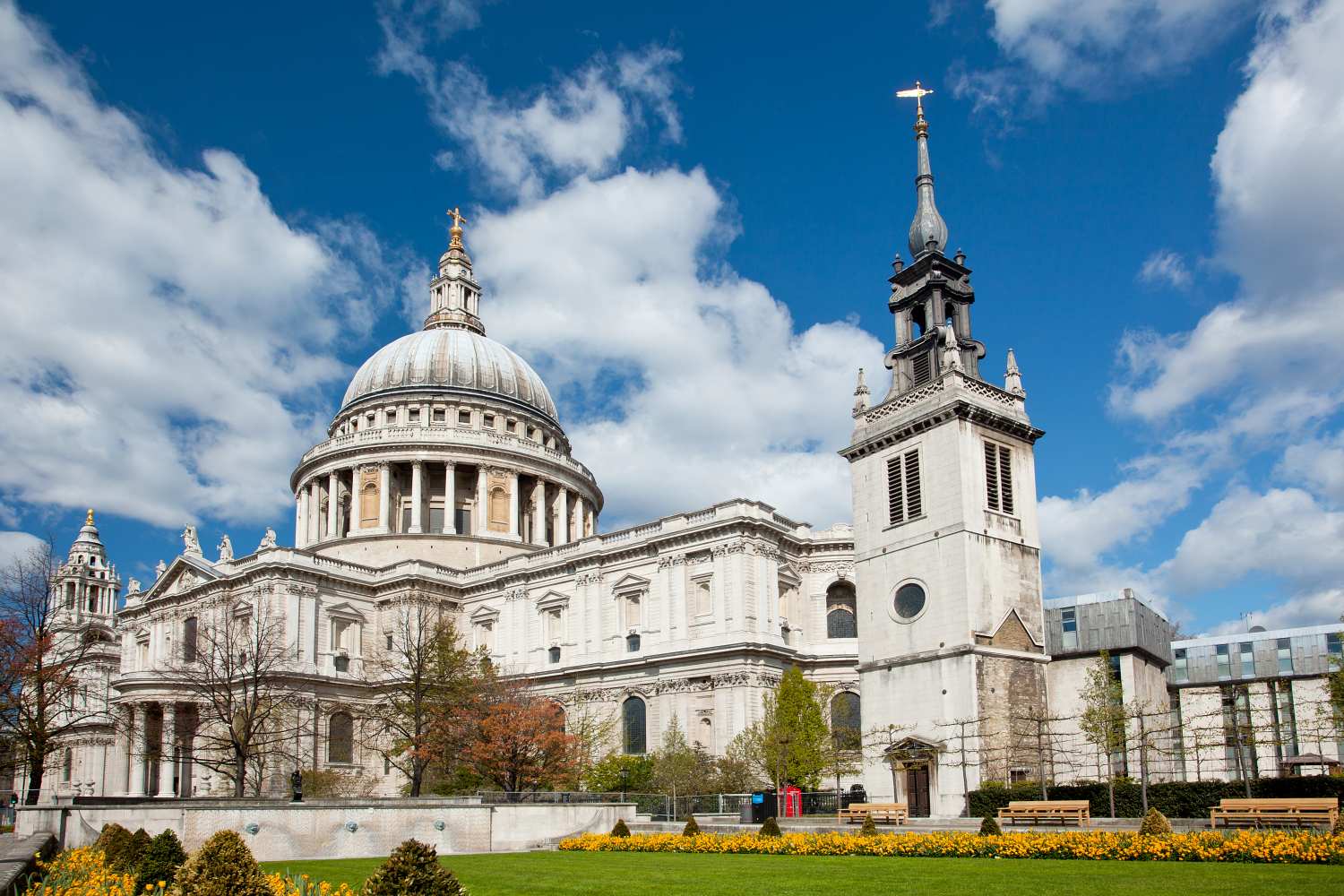
St Paul’s Cathedral is a significant part of the history of London and is a central point used in promotional material. Plenty of famous funerals have taken place at St Paul’s Cathedral, including Baroness Thatcher, the Duke of Wellington, Admiral Nelson and Sir Winston Churchill. Queen Victoria’s jubilee celebrations were held there, as were peace services to mark the end of both World Wars. Prince Charles married Lady Diana Spencer there and the Silver, Golden and Diamond Jubilees of the current queen, Elizabeth II, were also held there, along with celebrations for her 80th and 90th birthdays. The cathedral remains a working church with services held daily and prayer services held every hour.
6. National History Museum
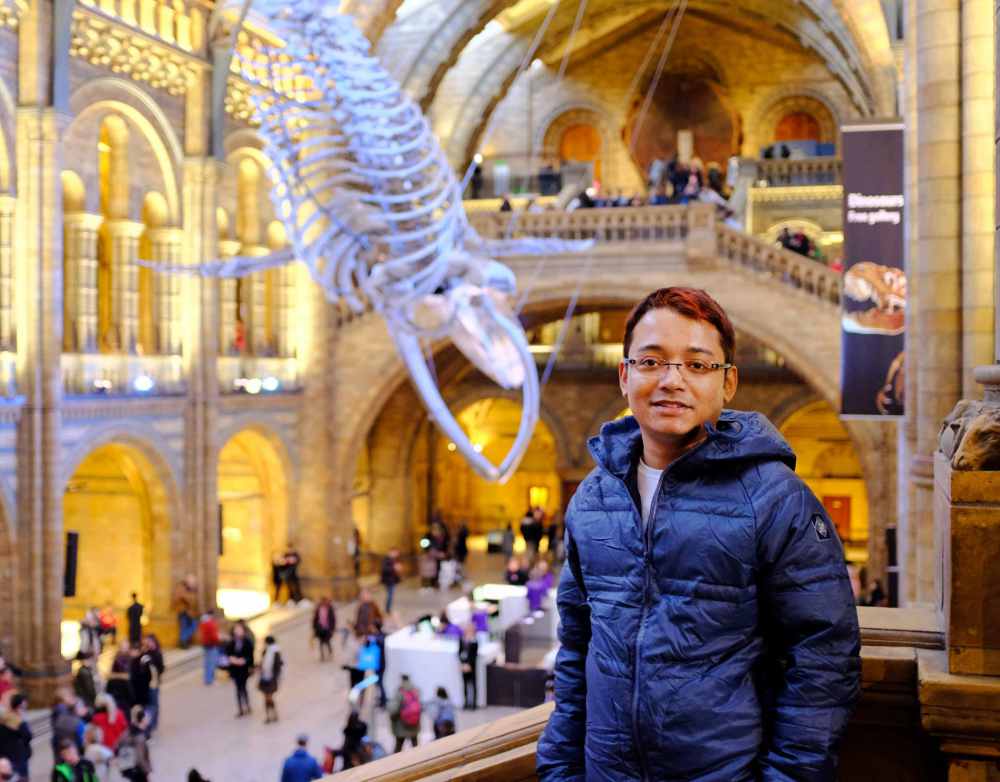
The Natural History Museum in London is home to a huge exhibition of specimens. Situated in South Kensington on Exhibition Road, it is just one of three museums, including the Victoria and Albert and the Science museums. It contains more than 80 million specimens housed in five separate exhibitions – entomology, botany, paleontology, mineralogy, and zoology. It is a research center that specializes in identification, taxonomy, and conservation and, given the fact that the museum dates back, in one form or another to the 1700’s, much of what is housed there is of scientific and historical value. Some of the most famous exhibitions are the dinosaur skeletons and that of a massive blue whale. The Museum library is packed with manuscripts, journals, books, and collections of art but access can only be by appointment. The museum itself is free to enter.
7. Madame Tussauds
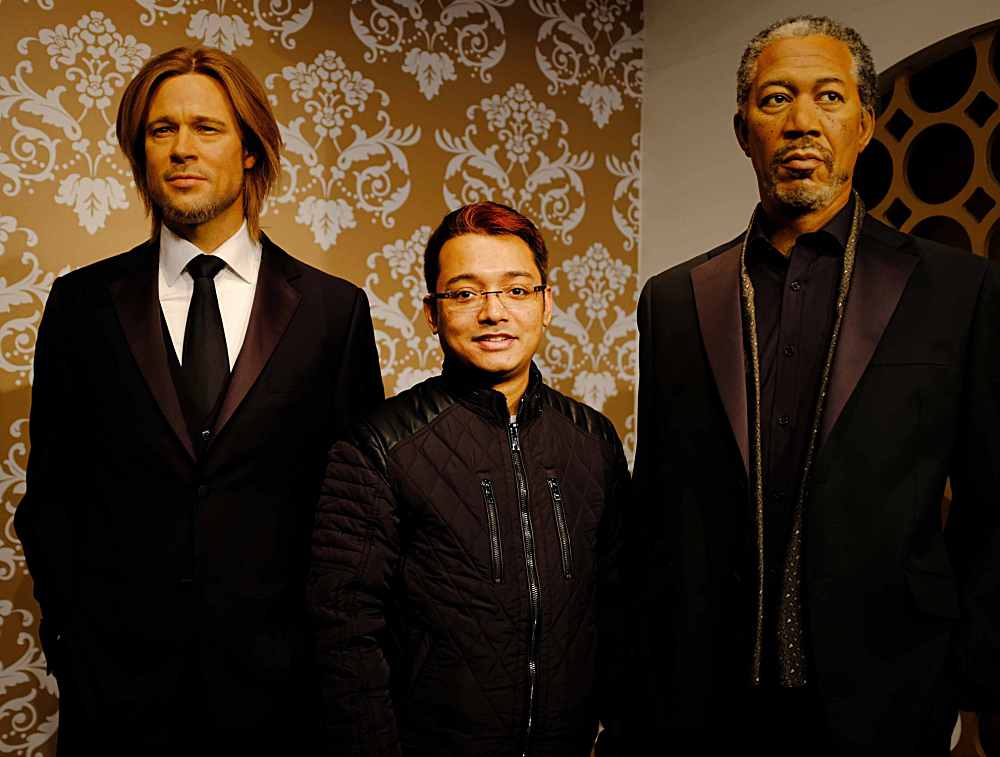
Madame Tussauds is the world-famous wax museum, with the primary building in London and several smaller versions throughout other large cities. It was originally founded by Marie Tussaud, a wax sculptor and is one of the top attractions in London. Now located on Marylebone Road, the original Tussauds museum was on Baker St, home to the legendary Sherlock Homes and housed a major tourist draw, the Chamber of Horrors. Many of the original wax models were destroyed by fire in 1925 and by bombs during World War II but the casts survived, allowing many of the figures to be rebuilt.
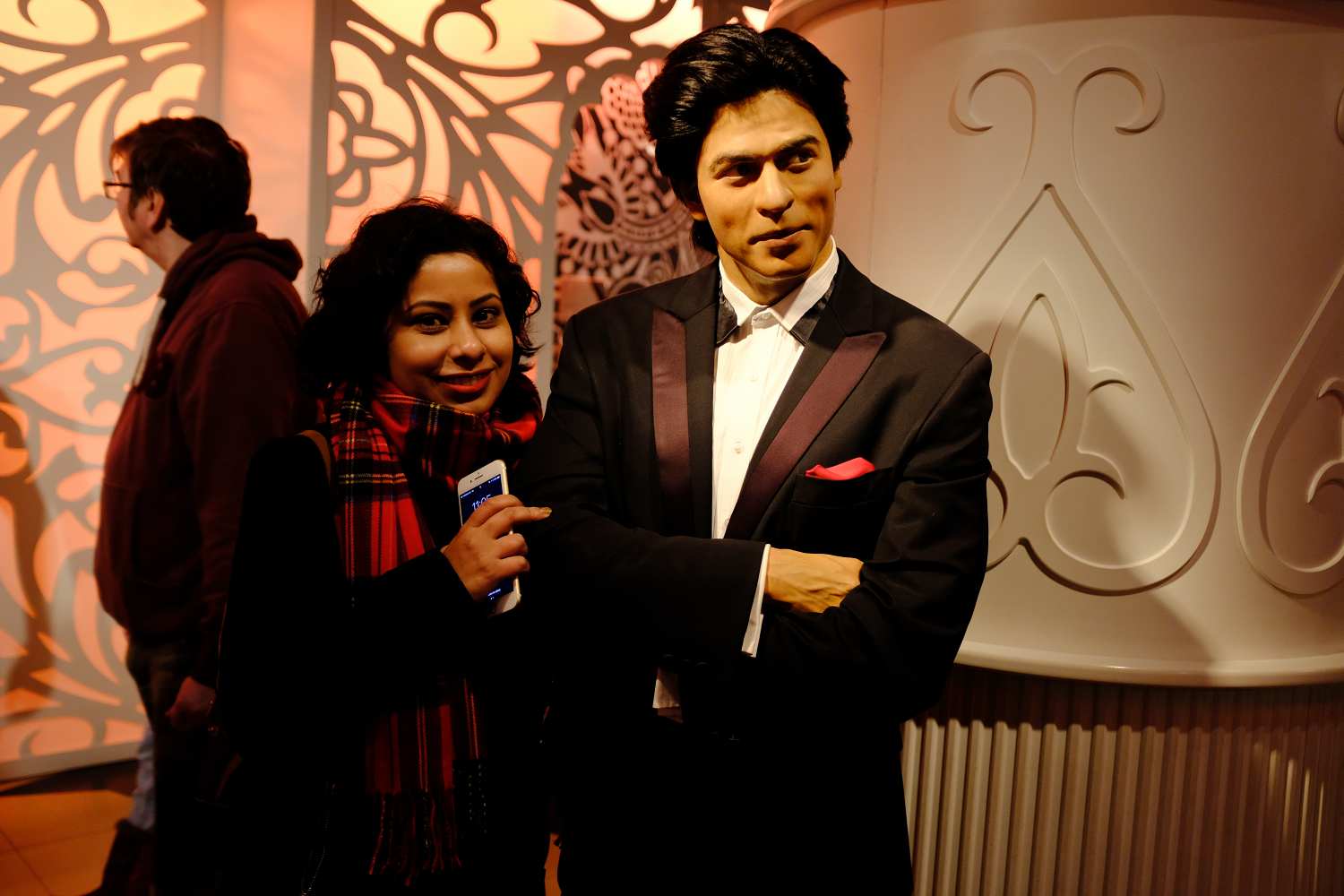
Now, with 14 separate interactive areas, Madame Tussauds London is home to over 300 wax figures, taking us on a journey through history. You can meet world leaders, like Nelson Mandela, Donald Trump, and Mahatma Gandhi, rub shoulders with the Beatles, Elvis Presley, and Madonna and take a stroll down the red carpet with Benedict Cumberbatch and Johnny Depp. Meet the Royal Family and the cast of Star Wars before taking a look behind-the-scenes at how the sculptures are made and finishing off with a taxi ride that takes you through the exciting history of London